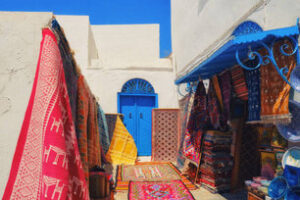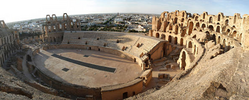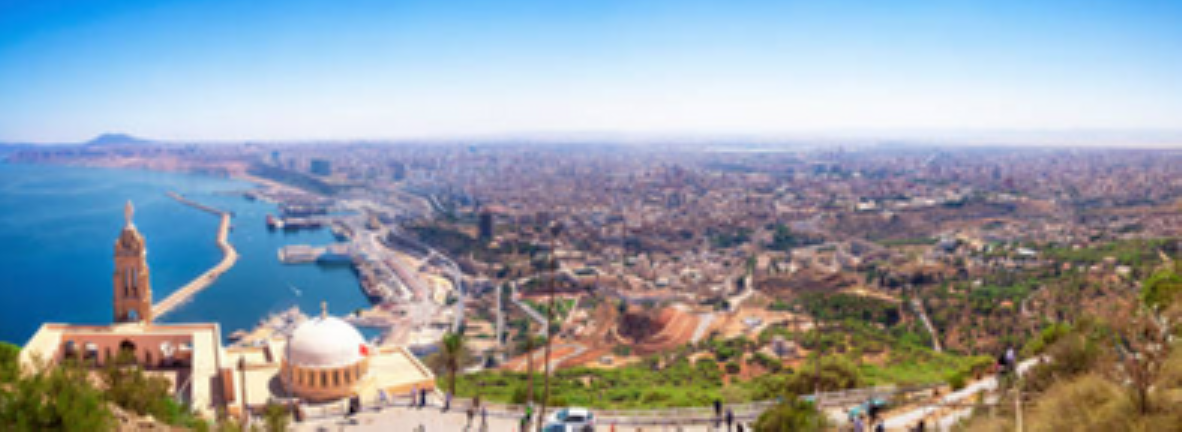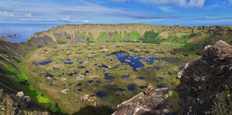Godthab, also known as Nuuk, is the capital and largest city of Greenland. Positioned on the western coast of Greenland, it has long been a pivotal location for both the island’s culture and economy. As the capital city, Godthåb plays a significant role in shaping the island’s identity, managing its government, and maintaining crucial international relationships. But the city’s story is much more than that—it’s a story of resilience, a blend of old traditions and modern innovation and a place where nature and culture coexist harmoniously.
In this blog post, we’ll dive into the significance of Godthab/ Nuuk, exploring its history, economy, cultural importance and what makes it one of the most unique cities in the world.
Greenland Struggle for Identity

Greenland an autonomous territory of Denmark, has historically faced challenges in balancing its indigenous Inuit heritage with the influence of external forces, such as Denmark. Despite being one of the largest landmasses on Earth, Greenland’s population remains small and most people live in isolated settlements or along the western coast with Nuuk standing out as the country’s primary urban centre.
For years, Greenland has struggled with defining its political, economic and cultural identity. While some Greenlanders seek increased independence from Denmark others are more focused on the practical issues of daily life, including job opportunities, healthcare and education. Godthab/ Nuuk has served as the focal point for many of these discussions and remains at the centre of Greenland’s search for self-determination.
godthab greenland as a Cultural and Economic Hub
Godthab (Nuuk) is much more than a city—it is the heart of Greenland. With a population of just over 18,000 people, it might seem small by international standards, but it serves as a political, cultural, and economic centre for the entire island. Let’s explore how this city has evolved into such a vital part of Greenland’s growth and future.
godthab greenland Historical Background

Godthab’s history dates back to 1728 when it was founded by the Danish-Norwegian missionary and explorer, Hans Egede. It was initially established as a missionary station to convert the local Inuit population to Christianity. Over the centuries, the city grew into a hub for trade, governance, and cultural exchange between Greenland and Denmark. Nuuk served as the capital when Greenland became a Danish colony in 1721 and continued to hold that title after Greenland became an autonomous territory in 1979.
The city’s name, Godthab, meaning “Good Hope” in Danish, reflects the early European settlers’ optimism about the future of Greenland. In 1979, Godthåb was renamed Nuuk which means “cape” in the Greenlandic language further symbolizing the strong cultural ties to the native Inuit people.
godthab greenland Cultural Significance

Greenland’s Inuit heritage is celebrated throughout Nuuk. The city is home to several museums and cultural institutions, such as the Greenland National Museum, which showcases the history of the island and the indigenous people. The Nuuk Art Museum displays contemporary works of art, providing a platform for local artists to share their perspectives on Greenlandic life and culture. Furthermore, Nuuk hosts various cultural events, including music festivals and traditional celebrations, where both locals and visitors experience the richness of Greenland’s culture.
While Danish culture still influences much of the city, the rise in interest in Greenlandic culture, language, and traditions is visible. One of the most notable changes in recent years has been the increasing use of the Greenlandic language in public life. This shift is part of a broader effort to preserve and promote the Inuit language, culture, and heritage.
godthab greenland Economic Growth and Opportunities

Although Nuuk is the smallest capital city in the world, it is also Greenland’s economic powerhouse. The city’s economy is driven by several key sectors government services, fisheries, tourism and more recently, natural resource extraction.
godthab greenland Fisheries
Fisheries have been the backbone of Greenland’s economy for centuries. As the world’s largest producer of cold-water shrimp. Greenland’s fishing industry is a vital source of income. Nuuk serves as the centre for this industry, with a busy port facilitating the export of seafood. In fact, the city’s fishing industry accounts for a large portion of the country’s GDP, providing employment for many of its residents.
godthab greenland Tourism
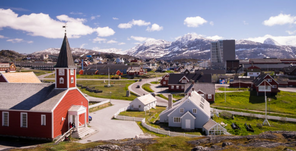
Tourism is another important economic sector for Nuuk. Visitors come to Greenland for a variety of reasons including the breathtaking landscapes the unique culture and the opportunity to experience life in one of the most remote places on Earth. The city offers a wide range of activities for tourists from hiking and kayaking in the summer to dog sledging and experiencing the Northern Lights in winter. Nuuk has also become a popular base for Arctic cruises which bring thousands of tourists each year.
godthab greenland Natural Resources

Natural resources such as minerals oil and gas are abundant in Greenland. In recent years, the government of Greenland has increasingly focused on developing its mining and oil industries. Nuuk plays a significant role in this development, as it serves as the central hub for business and government operations related to these sectors. However, this growth also presents challenges including concerns about environmental sustainability and the impact of mining on Greenland’s delicate ecosystem.
godthab greenland Making Godthab Vision a Reality

As Greenland continues to grow and evolve, Godthab (Nuuk) is key to realizing the country’s future. The city has embraced modernity without losing its cultural identity, balancing tradition and innovation. But what actions have been taken to ensure that Nuuk remains a thriving centre for the people of Greenland?
Urban Development
One of the key actions being taken is urban development. Over the past few decades, Nuuk has seen rapid growth in infrastructure, including the construction of new housing schools and healthcare facilities. The government has made it a priority to develop urban planning strategies that balance economic growth with environmental responsibility. The city is also working on increasing the availability of affordable housing and enhancing public transportation.
godthab greenland Education and Research

Another major focus for Nuuk is the growth of education and research institutions. Greenland has a small population which means that its talent pool is limited. However, there are significant efforts underway to foster education and create opportunities for young Greenlanders. The University of Greenland, located in Nuuk, plays a crucial role in providing higher education to Greenlandic students. In addition, research centres focusing on Arctic science climate change and natural resource management are located in Nuuk, attracting international attention and investment.
godthab greenland Renewable Energy and Sustainability

Greenland’s vast natural resources provide both opportunities and challenges when it comes to sustainability. As the world increasingly moves toward renewable energy, Nuuk is also making efforts to lead the way in green initiatives. The city has made strides in the development of renewable energy, especially hydroelectric power. These efforts are part of Greenland’s broader strategy to reduce its reliance on imported energy and become more self-sufficient.
What’s Next for Godthab (Nuuk)?
With all the challenges and opportunities in play what does the future hold for Godthab (Nuuk) and the people of Greenland? Here are some key trends and potential outcomes:
godthab greenland Increased Political Influence

As Greenland continues to navigate its relationship with Denmark, Nuuk is likely to gain more political influence. The push for greater autonomy or even full independence remains a key issue for many Greenlanders. Nuuk, as the capital city, will play a pivotal role in the island’s political future. With its growing economy and political importance, Nuuk will likely be at the forefront of any future negotiations or reforms.
godthab greenland Economic Diversification
While fisheries tourism and natural resources have been the driving forces behind Greenland’s economy, the future may see more diversification. As the world shifts towards green technology and sustainable practices, Nuuk is in an excellent position to invest in new industries such as renewable energy digital technologies and sustainable tourism.
godthab greenland Cultural Renaissance

Nuuk’s cultural scene is expected to continue flourishing. With more attention being paid to Greenland’s indigenous Inuit traditions and languages, Nuuk could become a beacon of cultural pride and heritage for the people of Greenland. We can expect to see continued growth in the arts and cultural sectors along with more international recognition of Greenlandic culture.
Conclusion
Godthab (Nuuk) stands as a shining example of a city that is embracing both its historical roots and its bright future. Through its economic development, cultural importance and role in the pursuit of Greenland’s political autonomy. Godthab remains a city full of promise. As Greenland faces the challenges of the modern world. Nuuk will continue to be a crucial player in shaping its identity future and success.
Whether you’re interested in the city’s history, its cultural significance or its growing economic impact. Godthab (Nuuk) offers a unique and fascinating glimpse into the future of the Arctic and beyond. Keep an eye on this remarkable city, as it continues to thrive and innovate in the years to come.




























